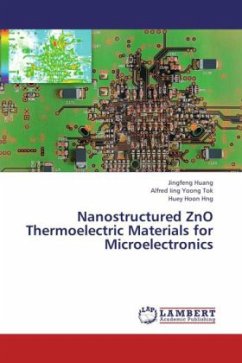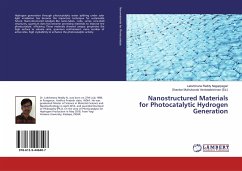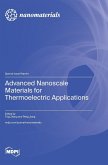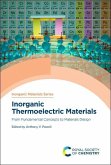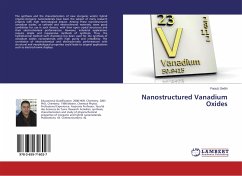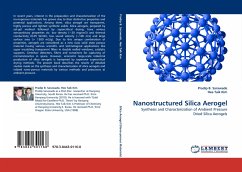Thermoelectric materials are more efficient at higher temperatures due to higher Carnot Efficiency. Nevertheless, its practical high temperature use is still limited due to the expensive surface protection coating required to prevent oxidation and vaporization. Zinc Oxide (ZnO), a cheap metal oxide with high melting temperature and chemical inertness, is a good candidate to solve this problem. ZnO is a semiconductive oxide but when Zn is substituted by Aluminium (Al), the electrical conductivity increases. However, when Al-doping is increased to above 2mol%, ZnAl2O4 spinel phase will be formed. This spinel phase reduces the efficiency of ZnO. In this book, we show that the solubility of Al2O3 in ZnO by can be increased by introducing NiO, which has dual valency, similar to that of Al and Zn, thus obtaining a thermoelectric material that could be used at high temperatures.
Bitte wählen Sie Ihr Anliegen aus.
Rechnungen
Retourenschein anfordern
Bestellstatus
Storno

